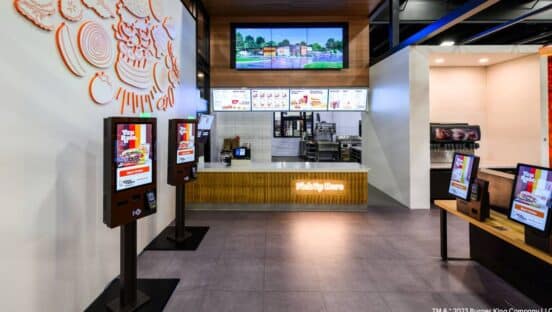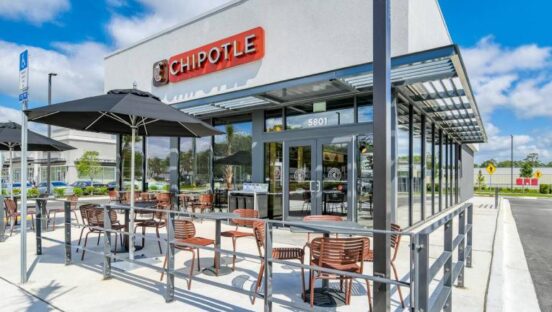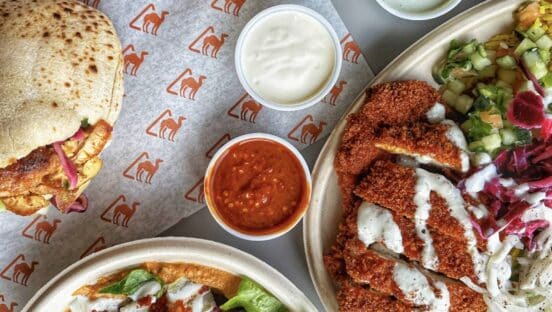Paying a tab with dollar bills could soon be a thing of the past, as some quick-service operators are choosing to no longer accept cash for financial and security purposes.
TRU Deli & Wine in Chapel Hill, North Carolina, is one such operation. The concept, which opened in August, is a deli by day and wine bar by night, but there is a catch: The restaurant only accepts credit and debit cards as a form of payment.
Dwight DeBree, TRU’s owner, says three overriding factors contributed to the decision to not accept cash: simplicity, security, and timing.
“In terms of security, there is less of a worry about cash floating around the restaurant,” DeBree says. “And it makes bookkeeping and keeping track of bank deposits a lot simpler.”
He says the absence of cash also makes it easier to train staff members. DeBree purchased Square readers, an electronic payment service that plugs into smartphones and tablets, the day before opening for business. He says it took less than six hours to fully install the devices. TRU customers use iPads or iPod Touches linked with Square to submit orders and check out electronically.
“This is something you couldn’t even consider in the old days,” he says.
Brian Davis, a New England Consulting Group project manager for consumer packaged goods and restaurants, says the use of electronic-payment services like Square is becoming a noticeable trend in the industry.
“Electronic-payment services give restaurants speed,” he says. “They can process payments quicker and there is a large portion of people that don’t carry cash around anymore.”
Davis says the market leader in electronic-payment services is Square, but adds that it is a new market with room to expand. “Square has 10 times more monthly visitors than its competitors,” he says. “But there will be a lot more competition coming up, and a lot of potential moving forward. They are trying to close the loop between the merchants and the customers by working on integration.”
San Francisco’s Split Bread, a sandwich concept owned by the same team that operates salad chain Mixt Greens, is also replacing cash with technology. Customers order and pay through their smartphone—either before they enter the store or at one of the restaurant’s tables—or with a host, but can only use a credit or debit card.
David Silverglide, co-owner and CEO of Split Bread, says the decision to stop using cash hinged on the company’s mission to “push new boundaries in food, technology, [and] store design,” and that his team wanted to adapt to evolving payment technologies.
He also says cash is inefficient. “It is expensive (and dirty) to handle cash—you have a natural loss; you have to pay staff to count, deposit, and reconcile it; and it increases transaction times,” Silverglide writes in an e-mail to QSR. “By not having tills filled with cash to worry about, we created a new service-friendly front-of-house environment, which our guests really enjoy.”
Silverglide says the fees associated with credit and debit cards don’t hurt Split Bread’s no-cash system.
“We did an analysis with the rates we are paying and found that once you really take the inefficiencies of cash into account, converting the remainder of the business that isn’t already electronic … is absolutely cost effective,” he says.
Davis doesn’t believe there will be a rush in the industry to ditch cash. He says quick serves need to balance the acceptance of credit cards and cash moving forward so they don’t alienate potential customers.
“Baby Boomers and older customers still use cash as their primary form of payment,” he says. “You don’t want to favor one form of payment over the other.”
Davis says there are even some restaurants that only accept cash to avoid swipe fees and safety concerns. “I live in Darien, Connecticut, and there are two or three restaurants nearby that only accept cash and no credit cards,” he says. “Mom and pop shops can take the time to give change back.”
Electronic-payment services also have drawbacks, Davis says. “You can still have someone hack into your account, or the entire system could go down and crash,” he says. “Then your entire means of operating is gone.”













